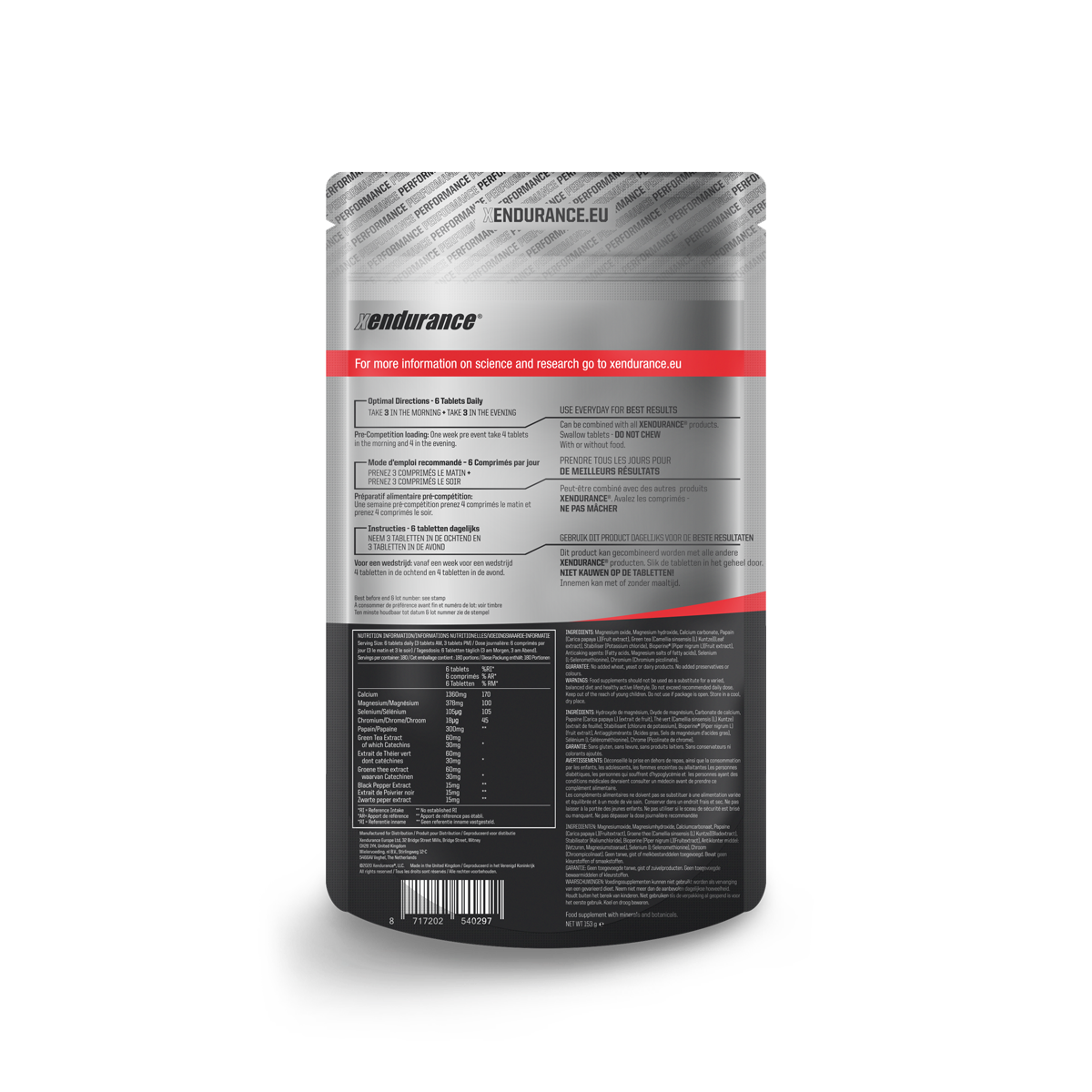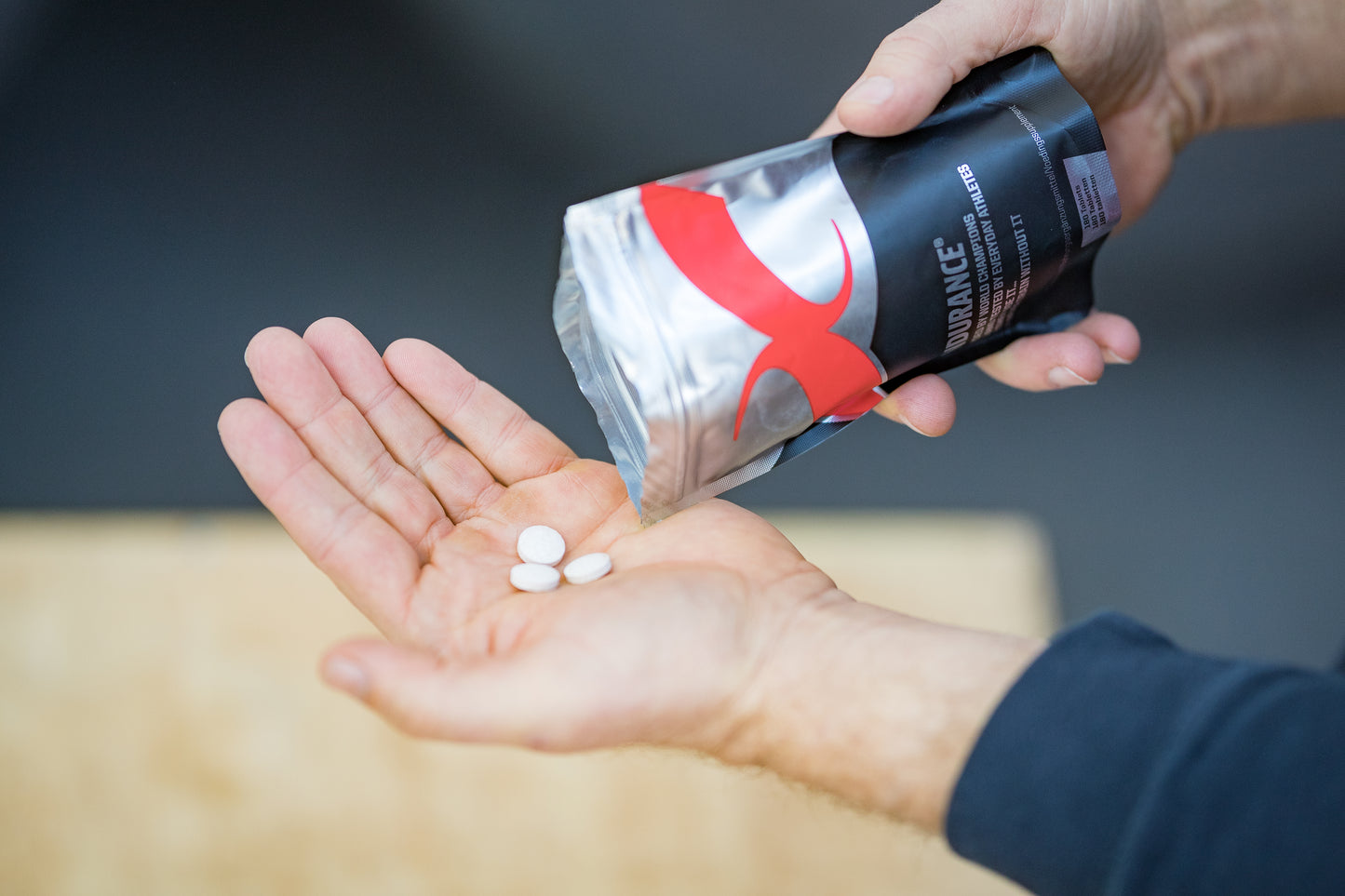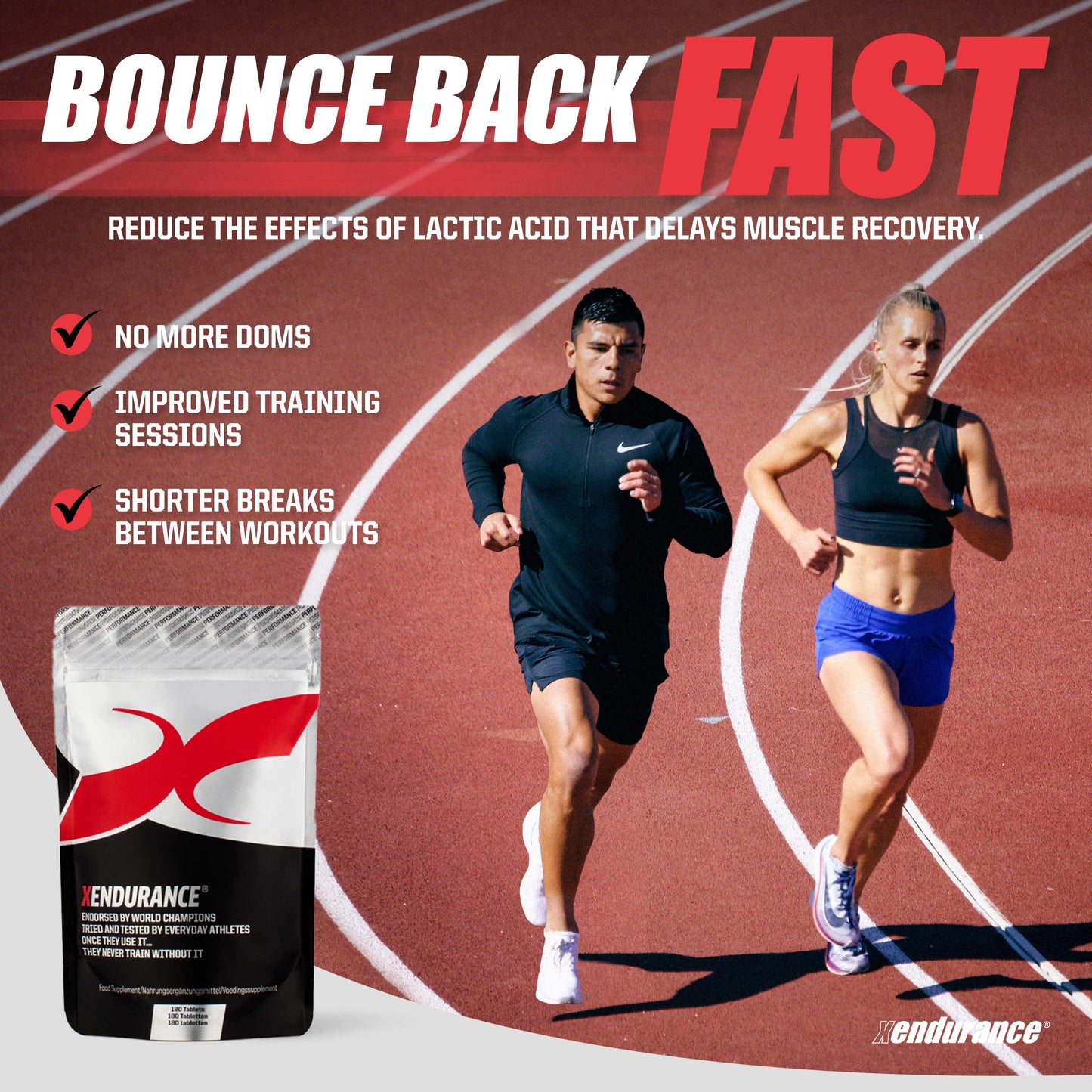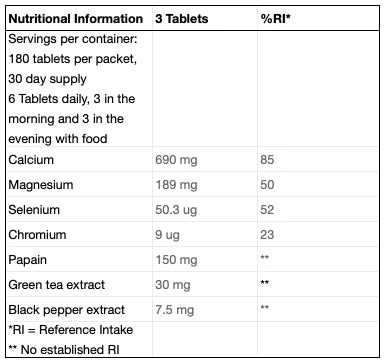Do you know the difference between lactic acid and lactate?
If not, you're not alone! A lot of people don't know the difference, but it's an important distinction to make. Lactic acid is produced during anaerobic respiration, while lactate is a product of aerobic respiration.
In this blog post, we will discuss the differences between lactic acid and lactate in detail. We will also talk about what each one does for your body, and how they are related to exercise.
What Is Lactic Acid?
Lactic acid is a compound that is produced during anaerobic respiration. This type of respiration occurs when the body doesn't have enough oxygen to produce ATP using aerobic respiration. When lactic acid accumulates in the muscles, it causes a tightening of your muscles and fatigue.
What Is Lactate?
Lactate is a product of aerobic respiration. Aerobic respiration takes place in the presence of oxygen, and produces more ATP than anaerobic respiration. Lactate is produced as a result of this process, and it can be used by the body for energy. In fact, lactate is the body's preferred fuel. You can’t overdose on it.
When you exercise, you get about 1/3 of your total carbohydrate energy from lactate; the rest is from blood glucose and muscle glycogen.
To use lactate as fuel for muscles, you can either "burn" it directly, or turn it into glucose and then burn it. In athletes who are not professional or who are "untrained," about 75% of the lactate used is directly oxidised. In trained subjects or in athletes who have intense training regimens, about 90% is directly oxidised. Trained subjects also burn significantly more lactate overall. This shows that endurance training stimulates adaptations to use more lactate, and to use it more efficiently. In trained subjects, lactate has been shown to be the preferred substrate over glucose.
What Type Of Athlete Uses Lactate?
Lactate is used as fuel by all athletes, but it is especially beneficial for endurance athletes. Endurance athletes need a fuel that can be used over long periods of time, and lactate fits the bill perfectly. It's also important for sprint athletes, who need a quick burst of energy to make them competitive.
How Does Lactic Acid Affect Athletic Performance?
Lactic acid has a bad reputation in the athletic world, but it's actually not all bad! In fact, lactic acid plays a role in athletic performance. It's responsible for the "burn" you feel in your muscles during exercise, and it's also responsible for fatigue. Lactic acid causes pain and fatigue because it accumulates in the muscles and interferes with muscle contraction. However, this accumulation also signals the body to stop producing lactic acid. So, while lactic acid may cause a tightening of muscles (pain) and fatigue, it's also responsible for signalling that it is time to end your workout.
Why Do People Think Lactic Acid and Lactate Are Similar?
Lactic acid and lactate are somewhat related. Your body's acid concentration increases as you produce lactic acid. Lactic acid is split into lactate (Lactate ions) and Hydrogen ions. H+ or Hydrogen ions, is the acid in lactic acid. Lactate is good and is an extremely fast fuel that is preferred by the heart and muscles during exercise. Lactate is vital for ensuring that your body gets a steady supply of carbohydrates. H+ (Hydrogen ions), the other half of lactic acid is not good, especially when the acid concentration exceeds the body's ability to no longer neutralize or flush the waste from your body. This is when your muscles tighten up and you just can't keep running, swimming or cycling, at the same pace. You're done!
Is There A Method To Prevent Lactic Acid?
Yes, you can increase your lactate threshold intensity. The higher your lactate threshold, the further you’re able to push yourself without accumulating a high amount of lactic acid in your muscles. This is also known as anaerobic threshold, and it's what separates aerobic from anaerobic exercise. For example, if running at 20 km/h causes you to accumulate lactic acid quickly (because you're over your lactate threshold), then training at this pace will increase the speed at which you reach that point where your body starts producing large amounts of lactic acid. As a result, once it does occur during exercise, there won't be nearly as much buildup because you've trained your body to handle it.
What Is The Lactate Threshold Intensity?
The lactate threshold intensity is the point where your muscles are producing lactic acid at such a rate that they can't clear it out fast enough. This usually happens when you're exercising at ~85% of your maximum heart rate (this will vary depending on how fit you are). If you have an elevated resting heart rate, then this may be different for everyone else in their 20s or 30s who have a normal resting HR of 60 beats per minute (BPM) - 80 BPM.
Extreme Endurance Is Possible!
If you have not built up your lactate threshold, then you may look to supplement to reduce lactic acid buildup. Beta Alanine, a non-essential amino acid that can be produced by the body is a supplement of particular interest due to its popularity on the market. Beta alanine is not actually a buffer itself but is the rate limiting factor in the production of muscle carnosine in the body, a natural regulator of pH or lactic acid levels in muscle. It can take several weeks with some side effects to work but many formulators put Beta alanine in their products to get a lactic acid reduction.
In 2007, we launched a supplement - this is our Xendurance Lactic Acid Buffer in the USA it is called Extreme Endurance.
This is a clinically proven formula for the reduction of lactic acid and has been clinically tested numerous times and shows the following benefits:
- 26% Reduction of Lactic Acid-> Less Muscle Soreness / Improves Performance
- 39% Reduction of Oxidative Stress-> Fights Free Radical Damage
- 63.55% Reduction of Creatine Kinase (CK)-> Faster Muscle Recovery Time and Less Muscle Soreness
- Increase in Aerobic Threshold-> Last Longer, Go Harder
- Start feeling the benefits within 72 hours
- Certified by Informed Sport
What Is The Main Difference Between Lactate and Lactic Acid?
Lactate is good because it's an extremely fast fuel that is preferred by the heart and muscles during exercise. It's vital for ensuring that your body gets a steady supply of carbohydrates. H+ (Hydrogen ions), the other half of lactic acid is not good, especially when the acid concentration exceeds the body's ability to no longer neutralise or flush the waste from your body. That is when your muscles cramp.
So remember, lactate is good and lactic acid is not good when it comes to athletic performance. No one wants to be in a full sprint, heading to the finish line and all of a sudden tighten up and slow down. You want to be able to go full throttle to the end and get the win!











